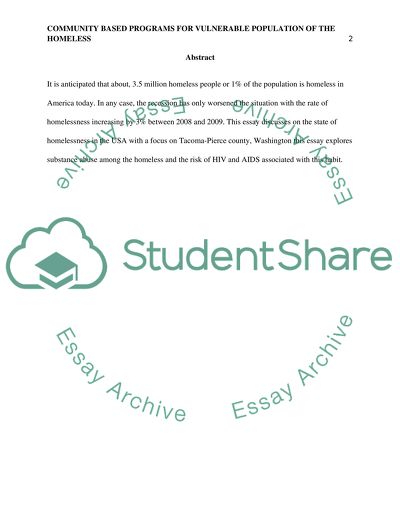Cite this document
(“Community based programs for vulnerable population of the homeless Research Paper”, n.d.)
Community based programs for vulnerable population of the homeless Research Paper. Retrieved from https://studentshare.org/health-sciences-medicine/1462586-community-based-programs-for-vulnerable-population
Community based programs for vulnerable population of the homeless Research Paper. Retrieved from https://studentshare.org/health-sciences-medicine/1462586-community-based-programs-for-vulnerable-population
(Community Based Programs for Vulnerable Population of the Homeless Research Paper)
Community Based Programs for Vulnerable Population of the Homeless Research Paper. https://studentshare.org/health-sciences-medicine/1462586-community-based-programs-for-vulnerable-population.
Community Based Programs for Vulnerable Population of the Homeless Research Paper. https://studentshare.org/health-sciences-medicine/1462586-community-based-programs-for-vulnerable-population.
“Community Based Programs for Vulnerable Population of the Homeless Research Paper”, n.d. https://studentshare.org/health-sciences-medicine/1462586-community-based-programs-for-vulnerable-population.


